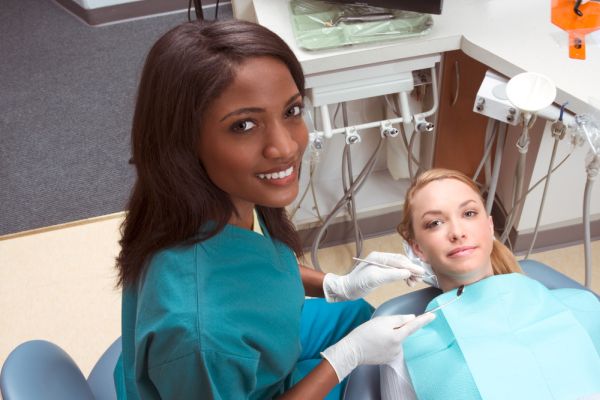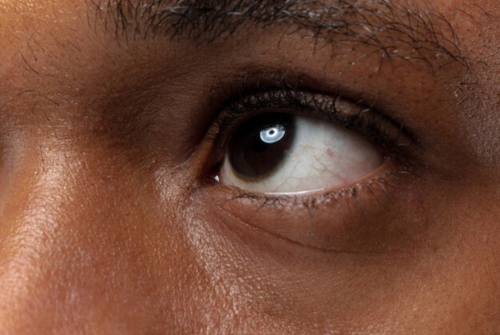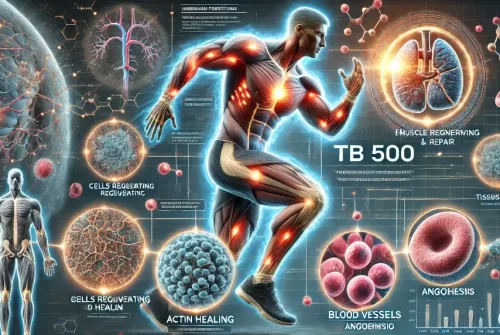
Various factors could be responsible for bone loss in the oral cavity, including periodontal disease, wearing poor-fitting dentures, and injury. To encourage natural bone growth and retain the facial structure, you may need to go for the procedure of bone grafting. Bone grafts are also necessary for creating the right base for getting dental implants. When you visit a dentist in Vista, CA, they will explain all the relevant aspects in detail. Here are some quick things to know about the treatment.
Types of bone grafts
- Autogenous bone graft: The procedure involves removing bone from one part of the body, such as the chin or third molar areas, and implanting the same into the required part of the mouth. If large areas need treatment, your dentist may harvest bone from the shin bone or hips.
- Allograft: This kind of bone grafting relies on an artificial or synthetic bone made in a lab. Your dentist may get bone from the bone bank.
- Xenograft: The procedure lies on bovine bone, which comes from the cow, and it has proved to be a safe procedure.
What is the procedure like?
Dentists usually rely on local anesthesia for bone grafting, but when the treatment site is bigger, they may consider general anesthesia. The dentist will harvest bone from another part of the body or go for synthetic bone, which must be prepared. They will make an incision in the gums and place the grafting material at the site. Your dentist may also consider other treatments for better results. For instance, they may consider bone tissue regeneration and tissue-stimulating proteins. In some cases, your dentist may also use PRP from your blood to create a clot at the treatment site, which may stimulate bone growth. Once the procedure is complete, the dentist will complete sutures. You must return within ten days or, as the dentist recommends, for a follow-up checkup.
Is bone grafting safe?
Yes, bone grafting is an entirely safe procedure and has a high success rate. It is often required for periodontal restorations and doesn’t involve many complications.
Meeting a dentist
You should consider discussing the pros and cons of the treatment in detail before you agree to get a bone graft. Depending on your insurance, the coverage may pay for the costs. If you are getting dental implants, ask about the overall time required for the treatment.
Call a dentist in Vista now to learn more about bone grafting and periodontal restorations.






